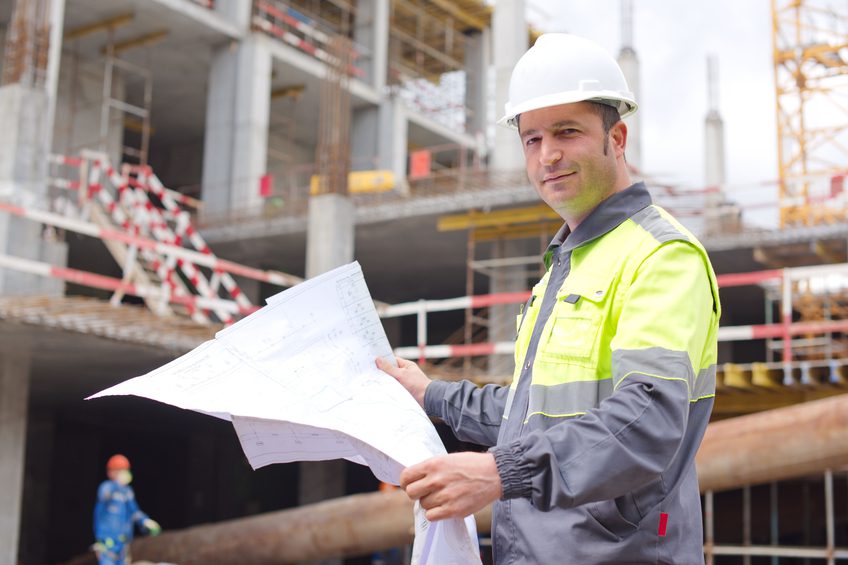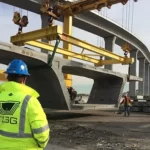Ethics in Structural Engineering: Balancing Safety and Cost
Structural engineering requires a high level of ethical considerations, especially when balancing safety and cost. In addition to ensuring the safety and dependability of structures, it is essential to maintain cost control. Here are some important ethical considerations when balancing safety and cost in structural engineering:
Prioritizing safety:The foremost ethical consideration for structural engineers is the protection of the public’s health and safety. The integrity of structures should never be jeopardized for the sake of saving money.
Alternative Design Options: Structural engineers must consider alternative design options that balance safety and cost. This involves evaluating the hazards and benefits of each option.
Transparency: Structural engineers must be transparent when communicating to stakeholders the hazards associated with various design options. This includes informing clients, contractors, and regulatory authorities of the risks and implications associated with each option.
Professional Judgment: Structural engineers must use their professional judgment to ensure that their designs adhere to the most stringent safety requirements. Additionally, they must ensure that their designs adhere to all applicable codes and regulations.
Continuous learning:Structural engineers must continuously study and remain current on new design methods, materials, and technologies. This includes attending training courses, conferences, and seminars to keep up with the latest developments in the field.
When balancing safety and cost, structural engineering requires ethical considerations. To ensure that their designs meet the highest standards of safety while remaining cost-effective, structural engineers must prioritize safety, consider alternative solutions, communicate risks openly, utilize their professional judgment, and continue to learn. By doing so, they can ensure that the structures they design for the public are safe, dependable, and sustainable.
Even though steel structures are highly durable and resistant to many environmental factors, they are susceptible to a variety of failure types. Among the possible forms of steel structure failures are:
Buckling: Buckling is the collapse of a structural element due to compressive pressures. This typically occurs when the element is thin, and its cross-section is insufficient to support the burden.
Fatigue: It occurs when a structural element undergoes repeated loading and unloading cycles, leading to the development of fractures over time. This may eventually cause the element to malfunction.
Corrosion:Corrosion occurs when steel is exposed to moisture and other corrosive agents, resulting in its gradual weakening. If not addressed, this can contribute to the eventual collapse of the structure.
Overloading:When a structure is subjected to burdens that exceed its capacity, it is overloaded. This may result in the structure deforming, cracking, or collapsing.
Welding failures: It occur when the welds connecting the structural members of a steel structure are improperly designed or carried out. This can contribute to the failure of the welds and the eventual collapse of the structure.
Connections failure:Failure of connections occurs when the connections between structural members are improperly designed or executed. This can cause the connections to fail, ultimately resulting in the collapse of the structure.
Manufacturing defects: During the production of steel members, manufacturing defects can occur, resulting to structural weaknesses and potential failure.
It is crucial to note that these types of structural failure are not mutually exclusive, and a combination of factors can eventually cause a steel structure to fail. To ensure the safety and longevity of the structure, structural engineers and other professionals involved in the design, construction, and maintenance of steel structures must identify and address these potential failures.
Disclaimer: This content is provided solely for your review. Erusu Consultants takes no liability for this article. The reader is advised to form their own opinion. Please consult a structural engineer before making any final decisions.






